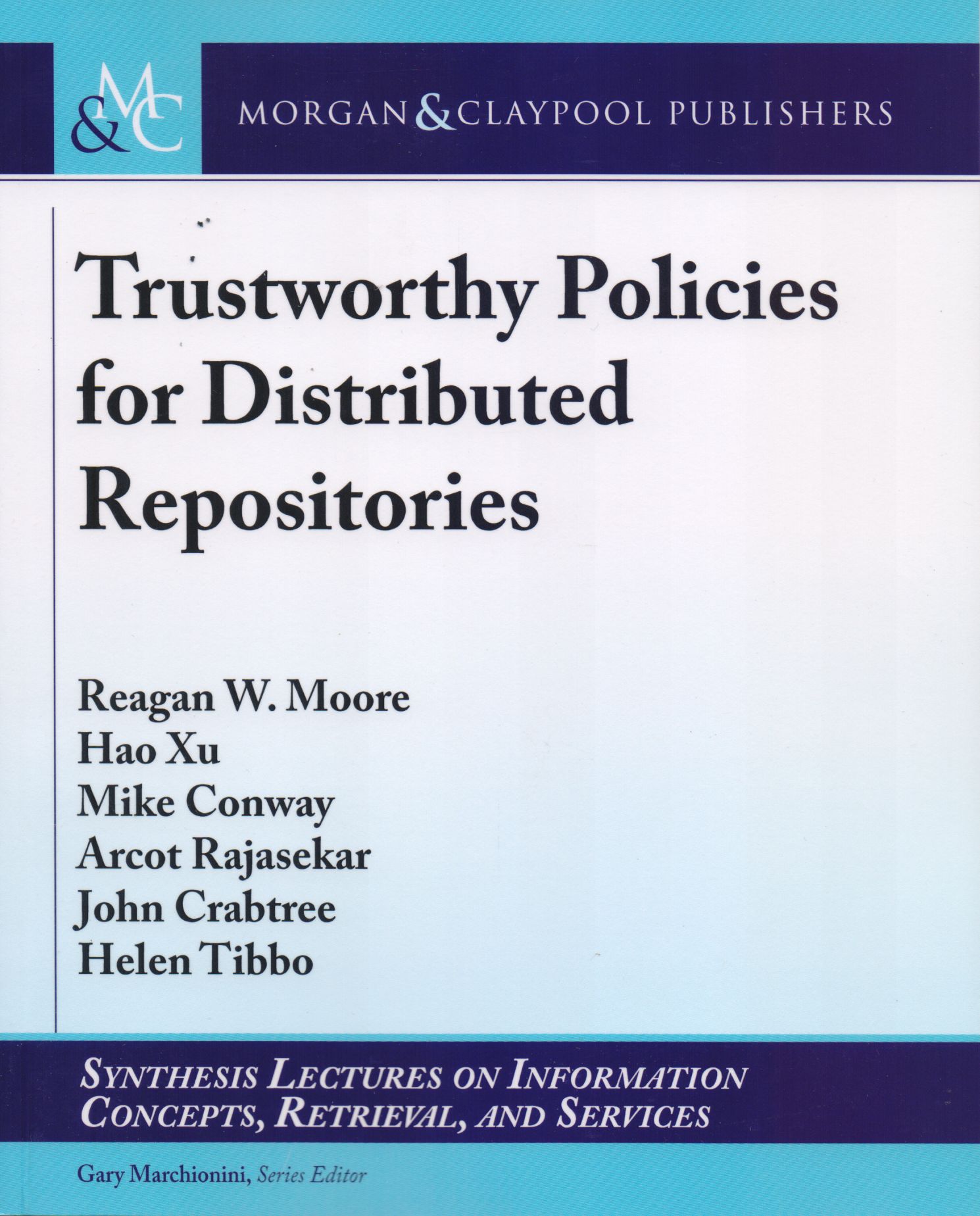Libros relacionados
 |
Scholarly Collaboration On The Academic Social Web He, Daqing / Jeng, Wei Morgan & Claypool Publishers |
 |
Database Anonymization: Privacy Models, Data Utility, And Microaggregation-Based Domingo-Ferrer, Josep / Sánchez, David / Soria-Comas, Jordi Morgan & Claypool Publishers |
 |
Dynamic Information Retrieval Modeling Hui Yang, Grace / Sloan, Marc / Wang, Jun Morgan & Claypool Publishers |
 |
Learning From Multiple Social Networks Nie, Liqiang / Song, Xuemeng / Chua, Tat-Seng Morgan & Claypool Publishers |
 |
Trustworthy Policies For Distributed Repositories W. Moore, Reagan / Xu, Hao / Conway, Mike / Rajasekar, Arcot Morgan & Claypool Publishers |
 |
Notion Of Relevance In Information Science, The: Eveybody Knows What Relevance I Saracevic, Tefko Morgan & Claypool Publishers |
 |
Semantic Interaction For Visual Analytics: Inferring Analytical Reasoning For Mo Endert, Alex Morgan & Claypool Publishers |


|
Título: Public Health Management Of Disasters | |
| Autor: Linda Young Landesman | Precio: $672.00 | |
| Editorial: American Public Health Association | Año: 2005 | |
| Tema: Estructura Social, Informacion, Estructuras | Edición: 2ª | |
| Sinopsis | ISBN: 9780875530451 | |
| The 2nd edition of this landmark book consolidates important information on disaster-related resources into one source. It is designed to help the public health profession plan for tasks for which "on the job" is the chief teacher. The author has recognized striking improvements in disaster readiness in the United States, including inter-organizational cooperation and planning among response agencies, and greater technological capability for monitoring and response. Additional information has been added on morbidity and mortality for several new types of disasters; updated structure and organization to reflect changes in federal response and organization including national incident management system, public health incident command, volunteers, Geographic Information Systems and public health response; expanded disaster communications including working with the media, communication systems, information technology recovery; surge capacity and surge capacity planning; worker safety; handling human remains; ensuring food safety and feeding large numbers of displaced persons; organizing mental health services, including staff training, setting up assistance services; death notification; disasters and people with disabilities, including building preparedness, disaster planning councils; point of dispensing sites; updated laboratory response network; and maintaining the vaccine cold chain. | ||
Librería Bonilla SA de CV © Todos los derechos reservados. 2019
Última actualización: Jul 2019




